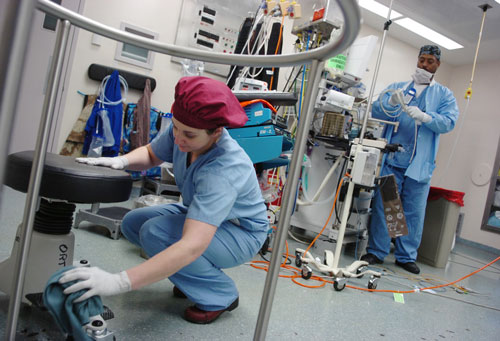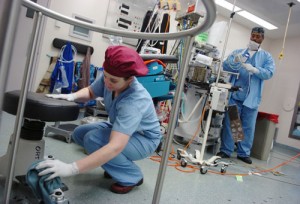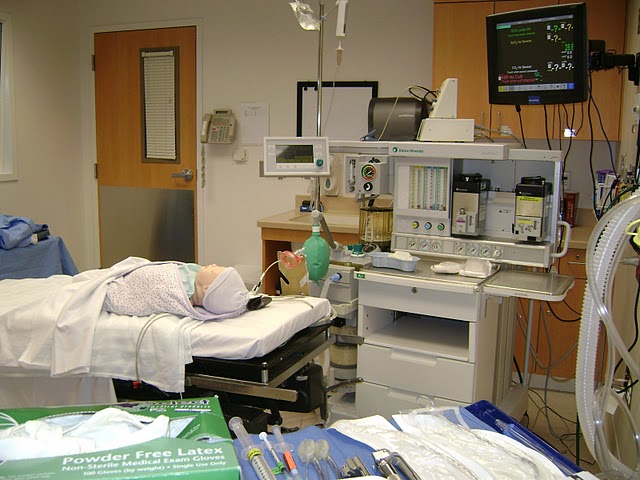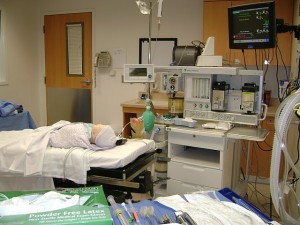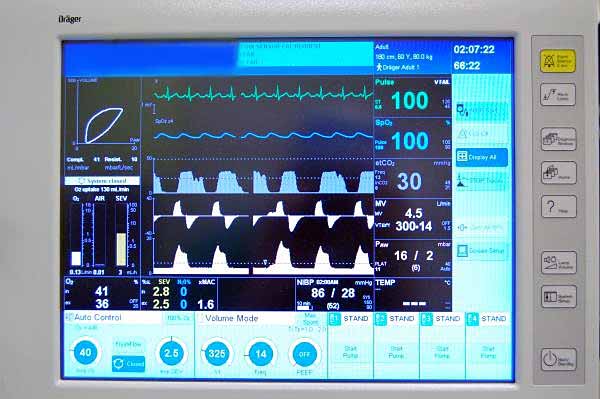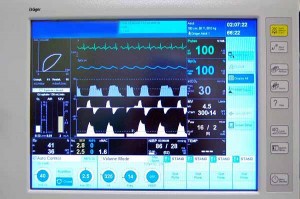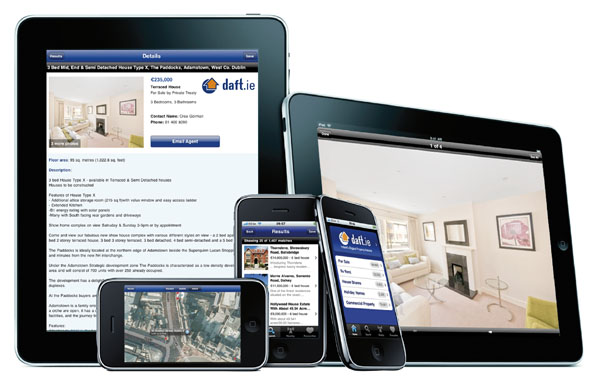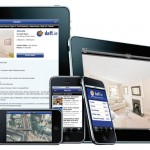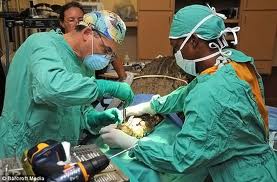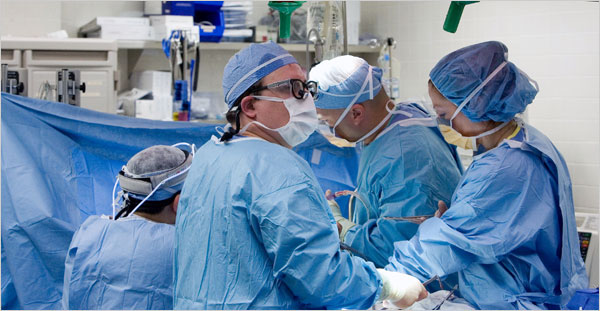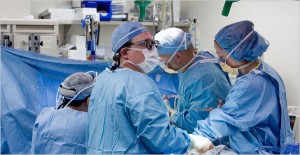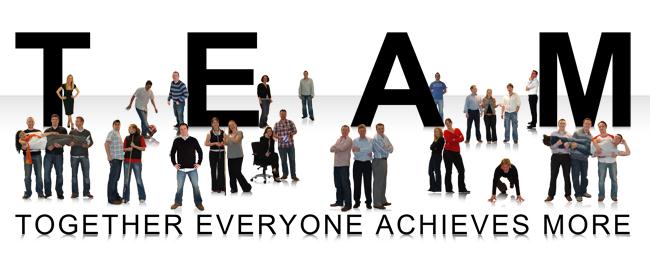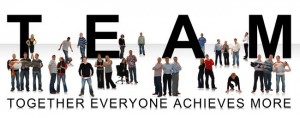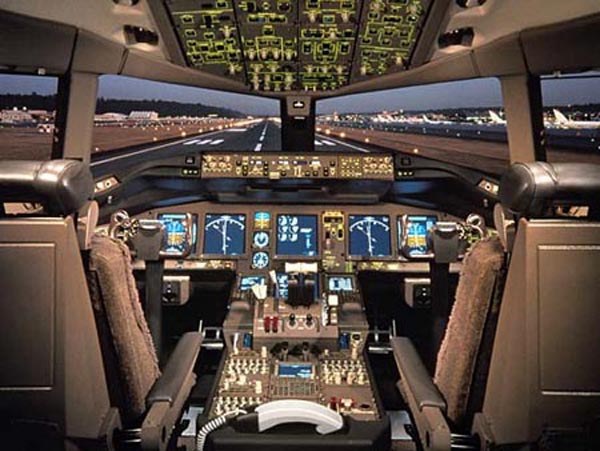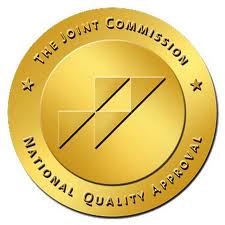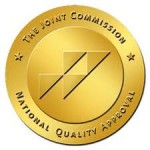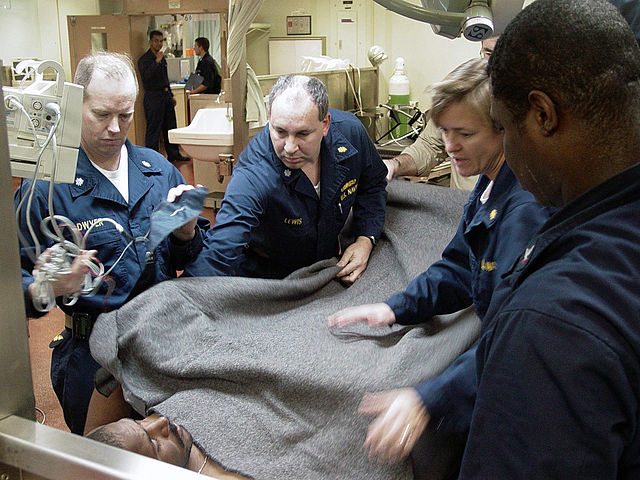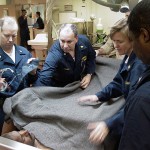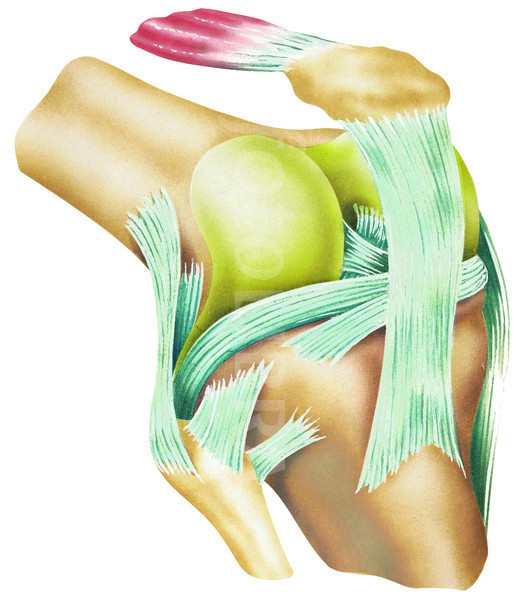Resolution Reality
(The art creating change)
By Thomas Davis, CRNA, MAE, Lt. Col, (ret)
Follow @procrnatom on Twitter
Santa has completed his aerial delivery, gifts are in use and empty boxes are in the recycle bin. With the new year rapidly approaching, attention quickly shifts from Christmas to football, New Year’s Eve parties, and finally to resolutions for the new year. Ah yes, resolutions…so easy to make and so easy to break. The good intentions put forth as the Rose Bowl is being played are but distant memories by Superbowl Sunday. Resolve to make this the year that you keep your resolutions. Here are 3 tips to get you going and keep you on track.
Work from the positive
Our brains work best and our chances for success are the highest when we make our own decisions are in control. Self-control is empowering and is most easily achieved when it arises from a positive point of view. When making resolutions, visualize the new desired state and the positive benefit that you will experience once your goal is achieved. Use proactive, empowering language with your internal dialogue and think in terms of what you can and will do with available resources. Conversely, avoid a negative approach and thoughts about what you must give up or stop doing. In his book, The Upward Spiral, author Alex Korb discusses the brain chemistry related to establishing new habits. Korb says that electric pathways for the old habits never truly leave the brain but fade when they are not actively used. Replacing old habits by establishing new behavior creates new pathways in the brain and makes the old habits irrelevant. Like learning any new skill, it is necessary to repeat the desired behavior many times to establish it as the new norm.
Work from your personal values
The most effective resolutions are a reflection of your inner character and the things that are most important to you. So before you make them, take time to reflect on the values that guide your decisions. Rather than trying to create a new you, the most effective resolutions are those that put you in alignment with the character traits that you value the most. Instead of thinking, “I need to lose 50 pounds,” tell yourself, “I value my health and, therefore, I will alter my behavior to align with my value.” Instead of thinking, “I need to be less critical,” tell yourself, “I value collaboration so I will align my behavior to create a collaborative environment.” If you are having problems identifying what matters the most to you, click here for a list of personal values and use them as a foundation for making resolutions.
Focus on today’s behavior
New Year’s resolutions tend to be global statements describing the new way of life that you imagine in your future. Your goal may be admirable however, jumping from A to Z can be overwhelming and cause you to abandon ship somewhere between B and D. Keep the final outcome in mind, focus on today and identify behavior that supports the goal. Step outside yourself and view your actions through the eyes of others by asking yourself what they see when they observe you. If your goal is to recover your health, how would others assess the decisions you made today? If your goal is to empower others, what would it look like to those around you?
Putting it all together
Resolutions must reflect your character. They must be well thought out, bringing your behavior into alignment with your ideal self. Resolutions that are made to please others or that do not reflect your values will fade before the January thaw.
Once meaningful resolutions have been developed, make a list of behaviors that will support achieving the goal. State your activities in the positive and align your values with your desired future state. Rather than, “I can’t have sweets,” a better behavior would be, “I choose to eat only things with nutritional value.” Once you have established a list of behaviors to support your goal, commit to 2-3 things on the list and start implementing them today. At the end of each day, take time to reflect on your success, identify areas for improvement and keep notes in a journal. When the new behaviors become habits, select another item from the list and make it a priority, then repeat until all the items are ingrained as new habits.
Here is your self-dialogue for success: My resolution for the new year is ___ and it supports my value of _____. To achieve the desired change, I commit to ___ and ____ for the next 60 days. Friends and family will recognize my commitment to change when they observe me ____.
Whether you are building an ideal self, a desirable workplace or an empowered team, start by identifying values and then aligning behavior in order to achieve success. Choose resolutions thoughtfully and make a commitment to the behavior that will make you successful. By establishing new habits, you will turn your imagined future state into today’s reality.
Tom is an experienced clinical anesthetist, educator, speaker and teambuilding coach. Participate in the next values-based leadership webinar and take your team to the next level. Contact tom@procrna.com for details.






